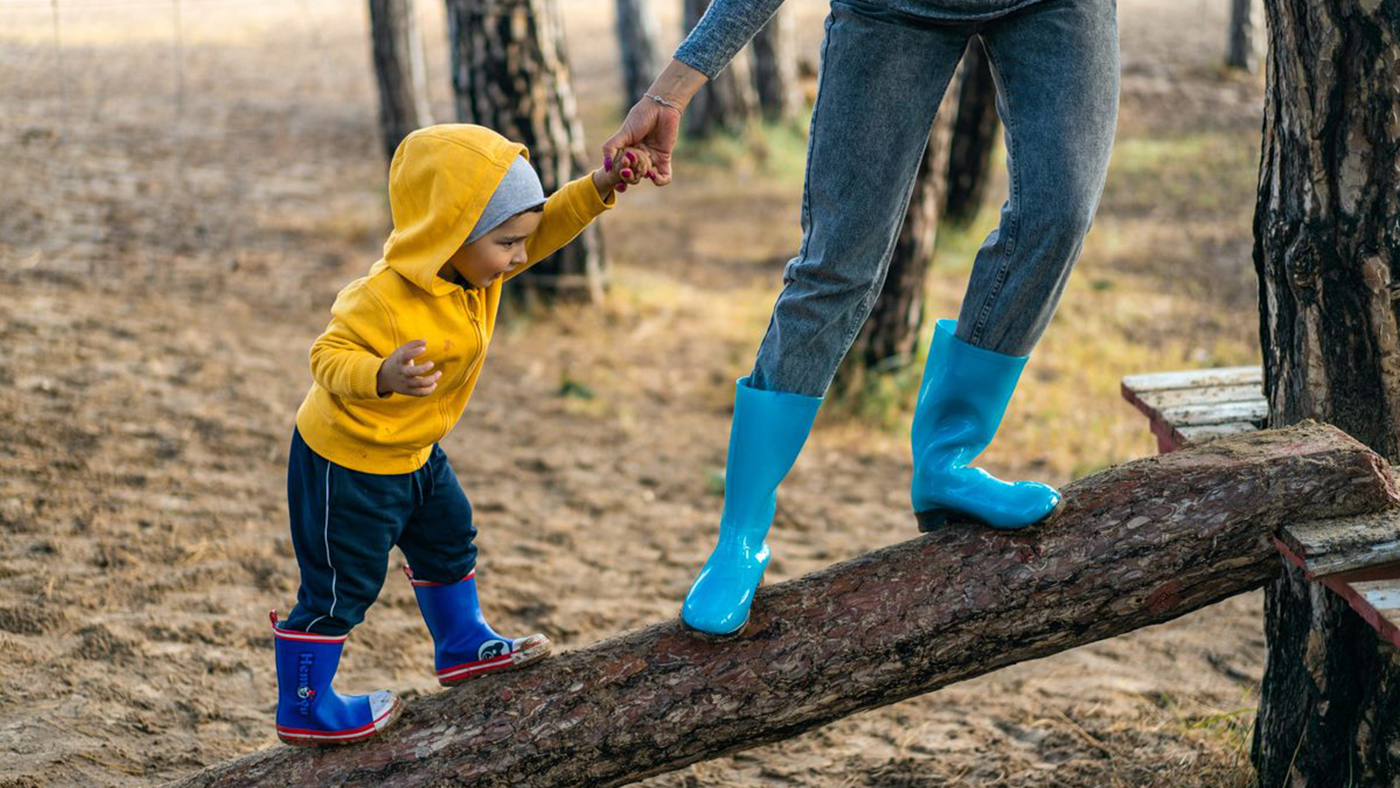Fun fact – taking part in an obstacle course uses senses you may not have heard of before!

Obstacle courses are typically challenging, yet fun, for toddlers (well, all ages of children and adults!) They bring loads of benefits for overall development, encouraging problem solving and creativity as well as physical skills galore. Tackling obstacles also stimulates a number of senses; let’s delve into which ones and how...
Tactile sense – the sense of touch
Touch sensors are activated all over the body when clambering over, under and through obstacles. Your toddler reacts to feedback and moves their body in response.
Visual sense – vision
Obstacles come in all shapes and sizes, and your toddler uses their eyes to look at what lies ahead. They might not always judge their distance correctly, occasionally bumping into some obstacles, but this helps them to look more carefully in any future attempts!
Proprioception – body awareness
We have receptors all through our muscles and joints that help us gain awareness of how our bodies move. These receptors help us understand our positioning and how to interact with space. Every time your toddler squeezes through a space, climbs over or crawls under an object or generally moves while doing an obstacle course, they receive proprioceptive input.
Auditory sense – hearing
Hearing might not come to mind when thinking about obstacle courses, but sometimes your toddler might respond to the sound of something falling over while they make their way across the course. They also use their hearing to listen to people around them as they say words of encouragement or comment on how they are moving.
Vestibular sense – movement
Our vestibular sense is responsible for balance, spatial orientation, eye movements and postural control.[1] Amazingly, this all happens within tiny organs filled with fluid in our inner ear, which respond to our movements, position and direction. Obstacles challenge your toddler’s vestibular system and help your toddler to adapt their body position and learn how to move in coordinated ways.
Interoception – physiological sense
Interoception can be described as the feelings inside our bodies like breathing, hunger, the need to go to the toilet and the feelings of our emotions.[2] Obstacle courses may ignite feelings of excitement or nervousness, and these can be felt in different parts of the body. Your toddler won’t yet link these feelings to emotions, but they are on their way to forming an understanding of how the sensations in their body indicate how they feel.
Nociception – the perception of pain
Another feeling we get is pain. Although we never want to think about our toddlers being hurt, they may occasionally hurt themselves when playing on obstacle courses.
Equilibrioception – the perception of balance
Equilibrioception is the sense of balance. It works with our visual and vestibular systems and proprioception to help keep us upright.[3] Obstacle courses constantly challenge your toddler’s equilibrioception as they move in all directions.
References:
[1] Introduction to Vestibular Sense. Coursera.
[2] What is the Interoception Sense? Understanding “Internal” Sense. Pathways.org
[3] Equilibrioception Definition and Examples. Biology Online Dictionary.